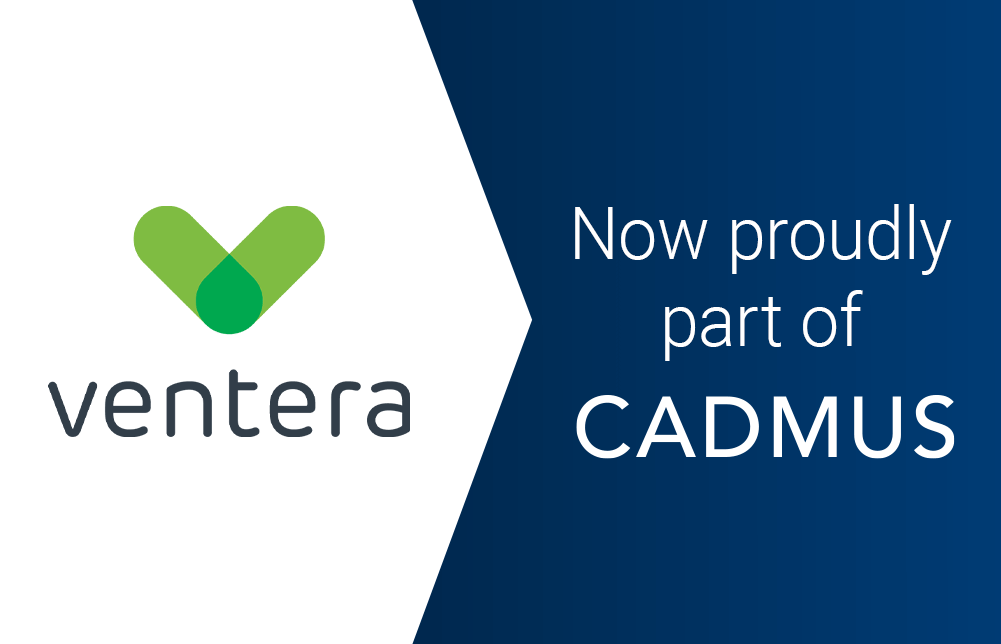Over the last 20+ years of my career in product design, the industry has been in a constant state of change (i.e. chaos). Process has changed, methods have transformed and outcomes have progressed. There is one thing that has remained consistent throughout that time — how we approach design solutions. There are three ways to design solutions: Innovation, Automation and Iteration. I call this, The Golden Triad. Once you understand that concept, divergent thinking becomes less ambiguous, which leads to a more efficient approach to designing solutions for the end user.
“There are three ways to design solutions: Innovation, Automation and Iteration.”
Innovation
Innovation is the mother of all solutions and the one we all strive to achieve — a fundamental change in paradigms that greatly improves the experience as a result. Wikipedia says, “ An innovation is something original and more effective and, as a consequence, new, that “breaks into” the market or society.” Accompanying innovation is a change in user’s psychology and their mental models associated with a process. Essentially, you are reimagining the way something is done, which is a vast improvement from what was done before.
“The time and cost savings to the producers, agents and the business were immeasurable…”
At one of my previous companies, an agricultural insurance provider, my team and I did just that. We took what was previously a duplicative paper process with multiple steps in the process and touchpoints with all parties involved (i.e. the insurance company, independent insurance agents and the producers/farmers), and reduced it down to a one-step, paperless process that was completed with an on-screen signature and one-click submission. This resulted in a fundamental shift in the way the process had been done for over a decade. The time and cost savings to the producers, agents and the business were immeasurable, as it removed previously monumental steps in the process, including additional travel, 3rd party processors and entire store rooms to contain the paper trail.

AgriLogic Mapping application that innovated on the acreage reporting process
As wonderful as innovation is to a user, business or industry, it is quite frankly the most difficult to achieve. Too often tight deadlines, budgets or other risks, constraints and barriers (looking at you, ‘business’) prevent product teams from ever focusing on innovative solutions.
Automation
Next up is automation, which is arguably innovation when used to replace an existing process. However, if it is a new process, users would never be aware of the impact, as they would never have experienced anything else. Automation is often a solution brought to light by the technical teams. As a product designer, you should always ask if the user needs to do a specific process, task or interaction, when it could be automated and executed on the back-end without the user lifting a finger. An example would be your cell phone not requiring you to enter your pin, password or chosen security method when it detects you are in your own home.

Always consult with developers during the divergent stage of the solution process. Oftentimes, some of the best ideas will come from developers, so be sure to include them in your collaboration, early and often. In my last article, “Freedom to Fail,” I wrote about how in author Matt Ridley’s 2010 TED talk, he spoke about ideas having sex with one another to create new and better ideas. In my experience, ideation with developers has nearly always created the best solutions and outcomes. This is where diverse minds with different approaches can converge to provide greater context and understanding to a problem and the solutions that can solve it.
Iteration
Lastly, iteration is the ‘old reliable’ and least appealing approach to a solution that most of us are forced to fall back on when innovation and automation are not viable. Sometimes, major improvements are not possible, while small iterations that improve a solution over time, are easy enough to employ. At some point, yesterday’s innovation become today’s expectation, which requires iterative improvement. Iteration is the pursuit of perfection, while never actually attaining it.
“Iteration is the pursuit of perfection, while never actually attaining it.”
While it might not be as exciting as an innovative solution, iteration is critical to the product life cycle, moving from MVP to Nirvana. When a product needs to get out the door and in the hands of users to validate, learn and respond to change, iteration is the primary means to move from one release to the next without major disruption, while delivering incremental value to your customers/users.
There are only three ways to approach a design solution, or what I call ‘The Golden Triad.’ Before “casting a wide net” to explore ways to solve a problem, it is important to ask yourself a couple of questions :
- Is the scenario optimal for innovation?
- Do we have time, support or any constraints that would prevent such exploration?
- Can this be automated?
- Does the user even need to do this?
Understanding what category of solution is possible will help you focus your efforts in the right direction, and reduce time wasted chasing down ideas that have no future.
written by Shane Close, originally appearing here


